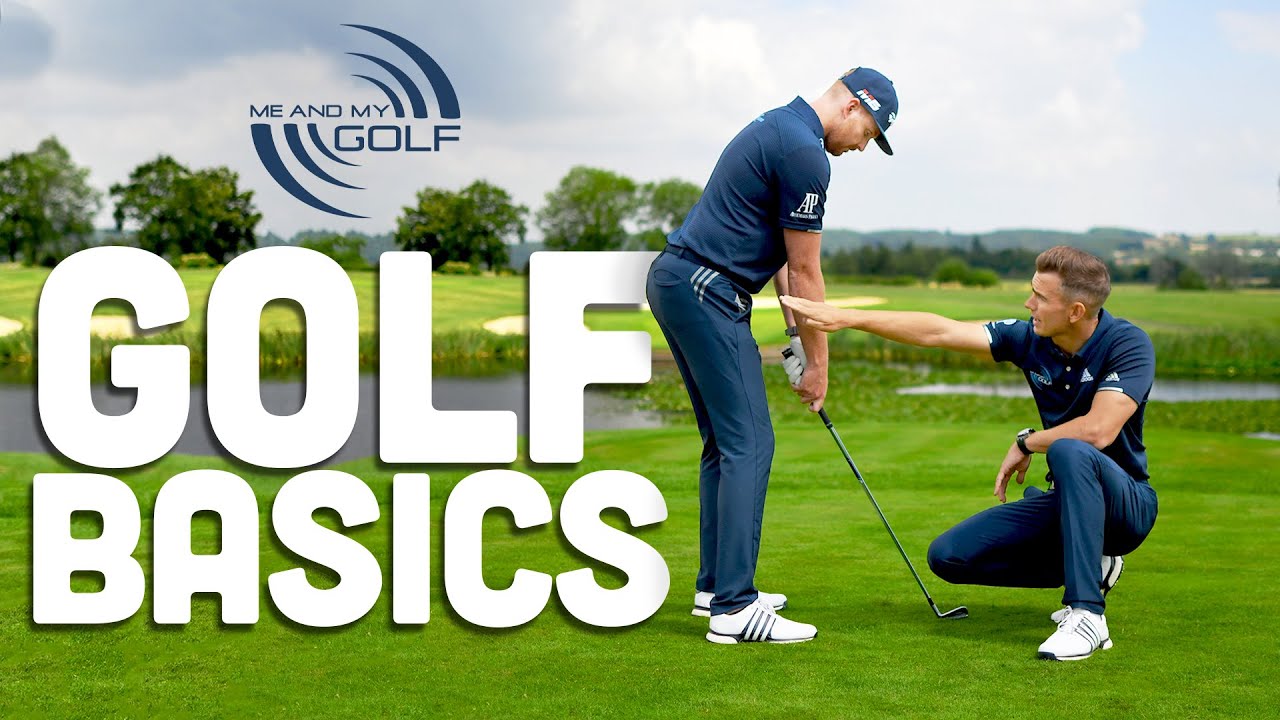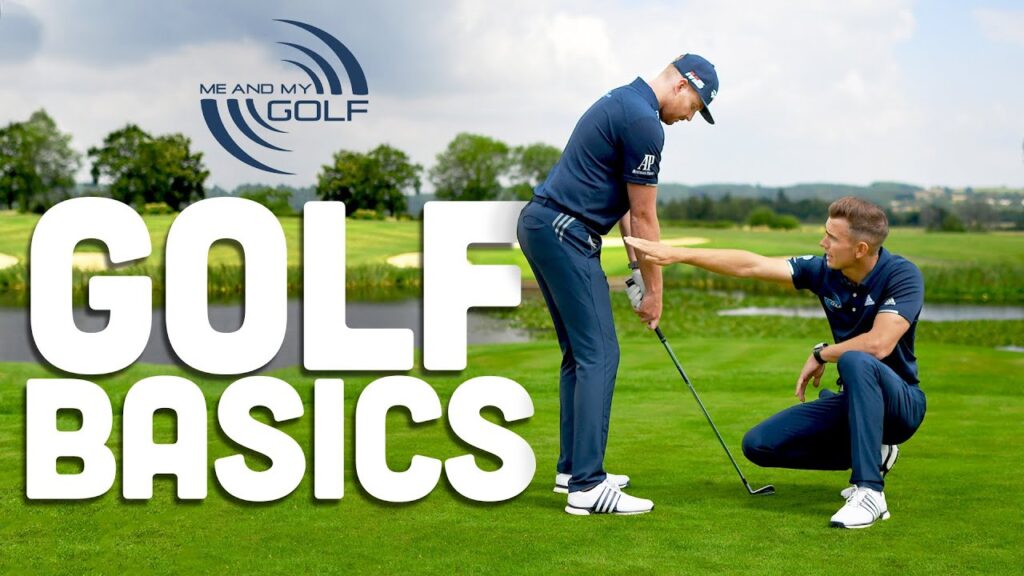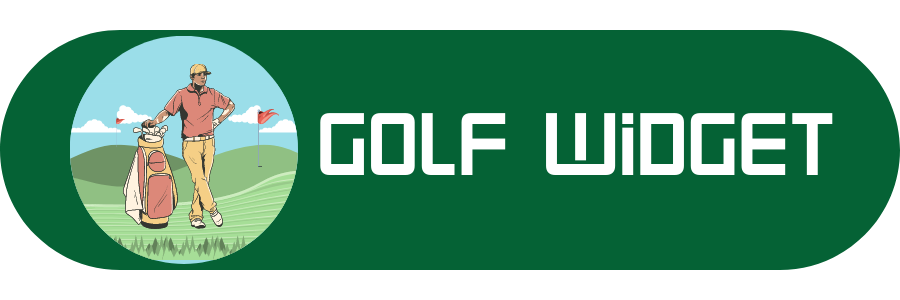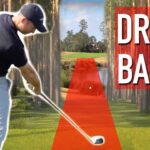
In this week’s Impact Show, Meandmygolf presents “How to Play Golf – The Basics,” a free coaching plan that caters to both golf beginners and experienced players seeking to enhance their golf swing. The first week focuses on essential elements such as grip, ball position, and stance for a perfect golf set-up. The video also dives into two golfing myths and concepts that improve the backswing, through swing, and impact with the golf ball. Viewers are encouraged to comment, ask for help, or suggest future video topics. With an online community for golfers, Me And My Golf provides a comprehensive resource to improve your game.
Introduction to How to Play Golf – The Basics
Welcome to the “How to Play Golf – The Basics” series by Me and My Golf! Whether you’re a beginner or an experienced player looking to improve your golf swing, this four-week coaching plan is ideal for you. Over the next few weeks, we will cover everything from aim and body alignment to grip and swing. Get ready to take charge of your game and get back to the basics of golf!
Week 1: Aim, Body Alignment, Stance, and Grip
In the first week of our coaching plan, we will guide you through the fundamentals of aim, body alignment, stance, and grip. These are the essential elements of a perfect golf set-up.
To start, it’s important to understand how to aim the club at the target. The leading edge of the club should create a 90-degree line pointing towards your target. Next, align your body parallel to the target line created by the club head. This means your feet, knees, hips, and shoulders should all be running parallel to the target line.
Your stance refers to the width of your feet and how far apart they are. For a seven iron, a shoulder-width stance is recommended. As for ball position, it should be slightly forward of center in your stance. Practicing these simple techniques will help improve your aim and set you up for success.
Now, let’s move on to the most important part of Week 1: the grip. The grip is the only part of your body that holds the golf club, making it crucial for controlling the angles of your swing and the club face. The grip also determines the hitting area on your shot.
Before we discuss the proper grip, let’s familiarize ourselves with the different parts of the golf club. The grip refers to the handle, which is the part you hold. The shaft connects the grip to the club head. Speaking of the club head, it has a face with different lofts, depending on the distance you want to hit the shot. Additionally, the club head has a toe, a heel, and a leading edge.
Now, let’s focus on the grip itself. The grip routine we recommend starts with standing up straight, feet together. Hold the golf club up in front of you, with the leading edge pointing up in the air. Begin by placing your lead hand (left hand for right-handed players) on the grip, running it from the middle of the index finger to the bottom of the little finger. Close your hand around the grip, ensuring it is more in the fingers than the palm.
Once your lead hand is in position, it’s time to bring in your trail hand (right hand for right-handed players). Place your hand on the shaft with the palm facing towards the target. Slide your hand down the golf club and close your fingers and thumb around it. The right thumb should sit on top of the left thumb. When looking down, you should be able to see two or two and a half knuckles on your glove hand. There should also be a V formed between the thumb and forefinger of your trail hand, going up towards your right ear.
Practice this grip routine to make it become second nature. The more you work on it, the more automatic it will become, leading to more consistent and controlled swings.
Importance of Grip in Controlling the Club Face and Hitting Area
As we mentioned earlier, grip plays a vital role in controlling the club face and the hitting area on your shots. It is the only part of your body that holds the golf club, making it the key link between your body and the club.
A proper grip allows you to square the club face at impact, resulting in straighter shots. If your grip is incorrect, it can cause the club face to point left or right at impact, leading to shots that slice or hook.
To illustrate this, let’s consider two scenarios. If your hands are positioned too far around to the right of the grip, you will tend to swing the club back and strike the ball with a face pointing left, causing the ball to hook. Conversely, if your hands are placed too far around to the left of the grip, the face will point right at impact, resulting in a slice.
By maintaining a correct grip, you can prevent these common shot errors and gain more control over your shots.

Practice Routine for Grip and Swing
Now that you understand the importance of grip, let’s talk about how to practice and improve your grip and swing.
Start by standing up straight with your feet together and hold the golf club in front of you. Ensure that the leading edge of the club is pointing up towards the sky. Place your lead hand (left hand for right-handed players) on the grip, running it from the middle of the index finger to the bottom of the little finger. Close your hand around the grip, focusing on keeping it in the fingers rather than the palm.
Once your lead hand is in position, bring in your trail hand (right hand for right-handed players). Place your hand on the shaft with the palm facing towards the target. Slide your hand down the golf club and close your fingers and thumb around it. Ensure that your right thumb sits on top of the left thumb.
Practice this grip routine regularly to reinforce muscle memory and make it feel natural. The more you practice, the more consistent and controlled your grip will become.
In addition to working on your grip, it’s crucial to practice your swing. A good swing involves a smooth and fluid motion, with the goal of hitting the ball solidly and accurately. Focus on maintaining a steady tempo and rhythm throughout your swing.
Busting Myths about Swinging Straight and Getting Under the Ball
In golf, there are several myths and misconceptions about swinging straight and getting under the ball. Let’s debunk these myths and provide clarity on how to improve your swing.
One common myth is that you need to swing the club perfectly straight to hit the ball straight. In reality, a straight swing path often leads to inconsistent shots. It’s more effective to swing on an arc, following the natural shape of your body. This allows for a more consistent and controlled swing.
Another myth is the belief that you need to get under the ball to achieve good contact. This can lead to sky-high shots with little control. Instead, focus on hitting down on the ball, making contact with the ground after impact. This produces a more solid and precise shot.
By understanding and busting these myths, you can improve the efficiency and effectiveness of your swing.
Concept of Arcing the Club Around the Body for a Proper Golf Swing
As mentioned before, arcing the club around your body is a fundamental aspect of a proper golf swing. This concept involves swinging the club on an arc that follows the natural shape of your body.
By swinging on an arc, you maintain a more consistent and controlled swing path. It allows for a smoother transition from the backswing to the downswing, resulting in better contact with the ball and increased accuracy.
To achieve the correct arc, focus on keeping your body connected throughout the swing. This means that your arms, torso, and hips should work together as one unit. Avoid excessive movements or disconnecting your body parts, as this can lead to inconsistent swings.
Practice swinging on an arc by incorporating drills into your training routine. These drills can help you develop the movement and muscle memory needed for a proper golf swing.
Importance of Hitting the Ground after the Ball
Hitting the ground after the ball is an essential element of a proper golf swing. This impact with the ground, known as the divot, indicates that you have struck the ball correctly and made solid contact.
When you hit the ground after the ball, you create a descending blow, resulting in a more powerful and controlled shot. It also ensures that you are striking the ball first, rather than hitting the ground behind it.
To achieve this, focus on hitting down on the ball and striking the turf after impact. Practice drills that encourage the correct angle of attack and help you develop a consistent divot pattern.
By mastering the art of hitting the ground after the ball, you will see improvements in your distance, accuracy, and overall ball-striking ability.
Practice Plan for Week 1
Now that you have learned about aim, body alignment, stance, grip, swinging on an arc, and hitting the ground after the ball, it’s time to put it all into practice. We have created a practice plan for Week 1 to help you improve and reinforce these fundamental skills.
The practice plan includes:
- Alignment: Spend time practicing aiming the club at the target and aligning your body parallel to the target line.
- Stance: Work on your shoulder-width stance and practice finding the proper ball position in your stance.
- Grip: Focus on perfecting your grip using the routine we discussed earlier. Practice placing your lead hand first and then bringing in your trail hand.
- Hitting the Ground: Incorporate drills that encourage hitting the ground after the ball. Work on achieving a descending blow and creating a consistent divot pattern.
By following this practice plan consistently, you will see improvement in your overall golf game and set a solid foundation for future weeks of the coaching plan.
Invitation to Check Out Week 2 and the Rest of the Series
Congratulations on completing Week 1 of the “How to Play Golf – The Basics” series! We hope you have enjoyed learning and practicing these fundamental skills.
If you’re ready to continue your golf journey, we invite you to check out Week 2 and the rest of the series on our website, MeAndMyGolf.com. In Week 2, we will dive deeper into swing mechanics and explore techniques to enhance your overall swing.
Don’t forget to join our online community and follow us on social media platforms such as Twitter, Facebook, and Instagram. We value your feedback and are always open to suggestions for future video topics.
Keep practicing, stay enthusiastic, and enjoy the process of improving your golf game. We look forward to helping you become the best golfer you can be!
Conclusion
Learning the basics of golf is essential for all players, whether you’re a beginner or an experienced golfer. By understanding and practicing aim, body alignment, stance, and grip, you can establish a solid foundation for your golf swing.
Remember the importance of grip in controlling the club face and hitting area. Focus on swinging on an arc that follows the natural shape of your body and hitting the ground after the ball. These principles will lead to more consistent and accurate shots.
Take advantage of our practice plan for Week 1 and continue your golf journey by exploring Week 2 and the rest of the “How to Play Golf – The Basics” series. With dedication and consistent practice, you’ll be on your way to mastering the game of golf.
Thank you for joining us on this golfing adventure. We wish you great success and enjoyment in your golfing journey ahead!





